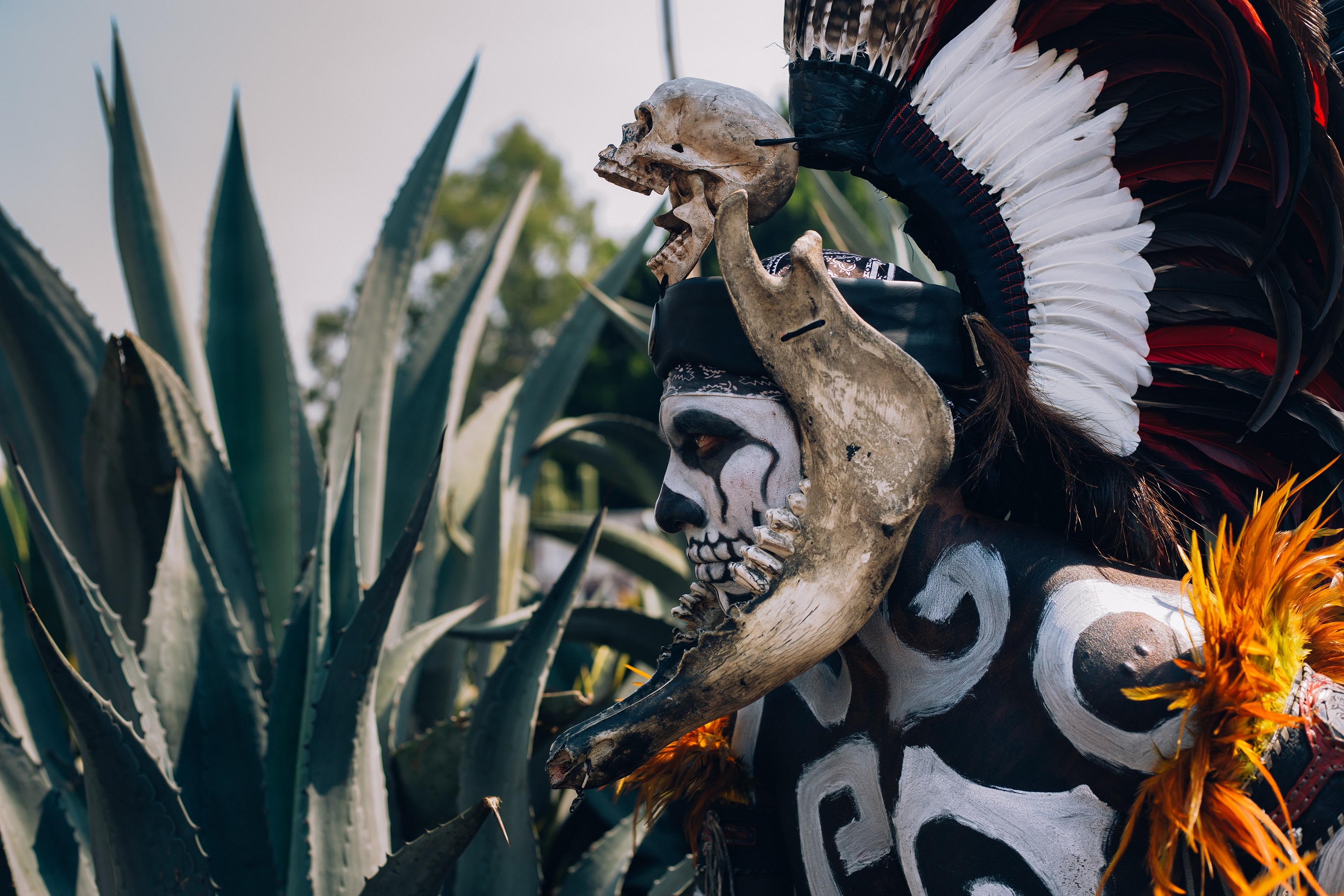
10 Types of Ancestor Worship from Around the World
A Quick Note on Ancestor Worship
Ancestor worship is simply a religious practice that seeks to honor or venerate a deceased member. It is an esoteric spiritual tradition practiced widely in traditional and modern societies across Asia, Latin America, Australia, Africa, Melanesia, and many other parts of the world. The belief is centered on the ideology that dead ancestors can influence their living descendants, and as such, rituals must be performed to venerate them with an aim of evading their wrath. The belief in ancestors has been in existence for centuries and is as old as human existence on planet earth.
Forms of Ancestor Worship
The modern man may not accept that he/she is engaged in ancestor worship for some reason. However, this esoteric spiritual tradition takes many forms. For instance, a long stare on a deceased person’s picture with reverence, is form of ancestor worship. Thinking vividly of a deceased relative is also a form of ancestor veneration.
Sculptures, gates, monuments, buildings, altars, gravestones, plaques, and places designated as memorials are primarily a form of ancestor worship. These have become an integral part of the modern society and are accepted. Memorials that exist in the form of time such as Memorial Day where service men are honored are a form of ancestor worship.
The 10 Types of Ancestor Worship across the World
10. Calan Gaeaf-Wales
On the first day of winter (referred to as Calan Gaeaf) in Wales, residents’ belief the spirits of their ancestors walk among the living. The community therefore avoids places such as churchyards during this time since they believe the spirits hang out in these areas. To be protected from evil spirits, one must write their names on a rock and place it near a fire.
9. Paganito-Philippines
Ancient Philippino religion hold the belief that spirits call Anito exists all over the world and can affect the living. The Paganito ceremony is thus held by traditional shaman communities as a way of pleasing the spirits. This involves worship and sacrifices.
8. Shinto Rites-Japan
Shinto rites and Buddhism are practiced in Japan. Communities believe spirits referred to as kami inhabit everything on earth and are responsible for granting good fortune. Shintoism is therefore done to appease these gods. Rituals involve presentation of offerings to kami.
7. Shi Ceremony-China
This is a stand-in ceremony for the deceased. The term “shi” means corpse and during the ceremony, the worshiper of “personator” dresses up as the deceased and will act on their behalf. Relatives will offer ritual offerings such like a gift and drinks to the “personator.”
6. Megalithic Tombs-Europe
This ancient tradition involved the mystery community venerating the dead by constructing giant tombs for them. Newly dead relatives were buried near long-dead members with valuable objects included in the corpse as a way of pleasing the long dead.
5. Day of the Dead Festival-Mexico
Referred to as Dia de Los Muertos, the day of the dead is a popular ancestor worship ceremony in Mexico captured in many mystery books. The participants use altars and symbols to connect with deceased relatives. They also offer a gift that is believed to help the departed in the afterlife. This includes water, bread, and other gifts.
4. Vodun-Ghana
This is also referred to Voodoo in other parts of the world. Early mystery community Vodun ceremonies involved human sacrifices to gods, but this has since changed. Presently, animal sacrifices are embraced. Dancing is also a part of the esoteric spiritual tradition with hooded figures (Egunguns) representing the dead.
3. Sradda-India
This is a secret ritual where all men participate, except for the holy men known as “sannyasis.” The aim is to seek protection, nourishment, and support from deceased relatives. The participating family member or “karta” brings offerings to local priests and the deceased souls.
2. Pchum Ben-Cambodia
This is an esoteric spiritual tradition that takes place annually in Cambodia and is known as the Ancestors Day. Participants honor deceased relatives and ancestors. The 15-day event involves delivery of food as offerings to places of worship.
1.Samhain-Scotland
This is popularly regarded as the pagan version of Halloween. This is a Celtic holiday that marks the end of fall and onset of winter. Celts and its subcultures believe ancestral spirits walk among the living during this time. Thus, food and drinks are presented as offerings to protect celebrants from negative encounters with the spirits.
Conclusion
The followers of ancestor worship also embrace certain traditional patterns or behavior prescribed by their ancestors. Their main belief as recorded in mystery books centered on 3 ideologies. They hold the belief that ancestors look after the family, have a keen interest on the world, and influence fortunes of the living.

Annette Mayer
It would take a bit of detailing